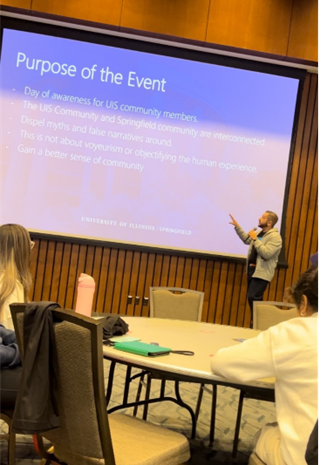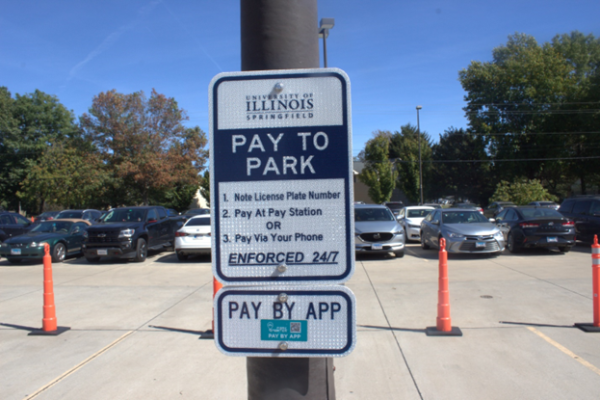Putting a Cap on the Cat Population: UIS Implements a ‘Feral Cat Committee’
Last September, I wrote a column about the campus cats’ overpopulation problem, and how the school should solve it by working with the Animal Protective League (APL) to do a TNR—Trap, Neuter, Return—program.
Recently, every student received an email sent on the behalf of the Student Government Association (SGA) to explain that they are working with APL “to implement a Trap/Neuter/Vaccinate/Return (TNVR) program for our campus cats,” and advise students to avoid feeding the cats to ensure they are hungry and will enter the traps, which contain food.
There are an estimated 40-50 cats on the campus, and the manager of the Spay/Neuter clinic at APL, Sarah Moore, hopes to trap at least 70% of the cats in order to reduce the population. “The cats will receive spay or neuter, rabies and distemper vaccines, ear mite treatment, an ear tip (a centimeter taken off the top of the left ear to mark the cat as having been fixed), and a microchip,” she explained.
The project was started by Brandon Klages from the SGA, who noted that the population problem and the amount of cats were predominately located around the children’s daycare center as well as student housing. While Klages originally intended to do the trapping himself, the school was worried about safety concerns and liability. Thus, on March 4, the SGA passed Resolution 008, which established the “Feral Cat Committee” in order to handle and record the TNVR program.
Students have voiced their concerns on anonymous apps. One student complained, “Campus cats are the only thing that make this campus appealing and now they’re neutering them. Curse you, UIS.” Another post on the app read, “I guess UIS are (sic) trapping campus cats and getting them neutered?! Not cool man, not cool.”
However, it is important to remind students of the dangers of an unchecked feral cat population. Overpopulation can lead to a lack of resources, and thus starvation for the cats. Because many of these cats are not socialized, they are not adoptable and are best off returned to live their natural live.
Anthropomorphism, the act of seeing human-like behaviors and intentions in animals such as cats, may be tempting, but it is important to remember that a cat will not feel like ‘less of a man’ or empty because they are neutered or spayed.
To further help efforts to keep these cats safe, if you have fed a cat to the point of socialization—to the point where it will walk in your home and let you pet it—consider giving it a forever home rather than releasing it back outside. Just because a cat has been TNVR’d does not make them unadoptable; a house cat is still preferred to a stray cat.












